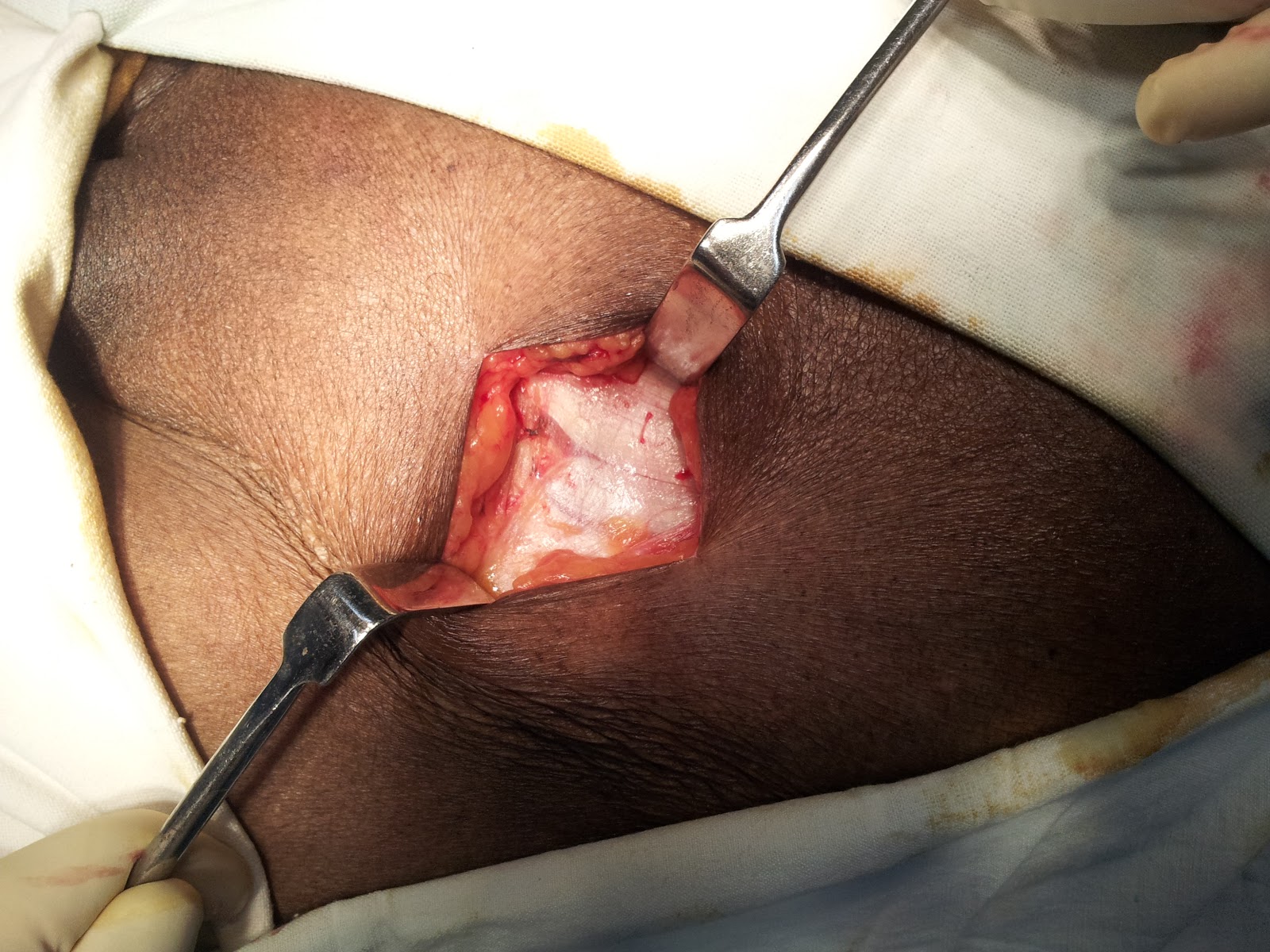Lanz Incision for Open Appendicectomy
Lanz incision is a Horizontal Incision at the level of Anterior Superior Iliac Spine..It is a cosmetic Incision as it can be masked by the under garments.
Indications for Appendicectomy
Acute Appendicitis
Recurrent Appendicitis
Carcinoid Tumour <2cm in diameter
Mucocele of Appendix
Operative surgery Steps for Open Appendicectomy
— Anesthesia: Spinal Anesthesia
— Position of the Patient: Supine
— Incision
Gridiron Incision (Muscle Splitting)
Rutherford Morrison Incision (Muscle Cutting)
Lanz Incision (Muscle Splitting)
Steps of Operation
— Step 1. Incision deepened through Superficial fascia (Fascia Camper & Fascia Scarpa).
— Step 2. External oblique Aponeurosis opened along the direction of its fibers.
— Step 3. Internal oblique & Transversus abdominis split opened along the line of their fibers.
— Step 4. Peritoneum opened, Caecum delivered, the Appendix is hooked out and held with a Babcock’s forceps.
— Step 5. Mesoappendix ligated and divided.
— Step 6. Purse string sutures applied around the appendicular base.
— Step 7. Appendicular base crushed and ligated.
— Step 8. Appendix removed and the stump cauterized ( with Povidone Iodine ) and invaginated by tightening the purse string sutures.
The purpose of invaginating the stump is to prevent inflammatory adhesions. The disadvantage of invaginating the appendicular stump is that it can act as a pathological lead point for intussusception later in life.
— Step 9. Search for Meckel’s diverticulum.
— Step 10. Haemostasis achieved and the wound is closed in 4 layers.
What is Retrograde Appendicectomy ?
If the tip of the appendix is not visible Appendicectomy can be done in a retrograde manner – the base is first ligated and divided – tip is traced distally and the procedure is completed. Such type of appendicectomy is called Retrograde Appendicectomy.
















